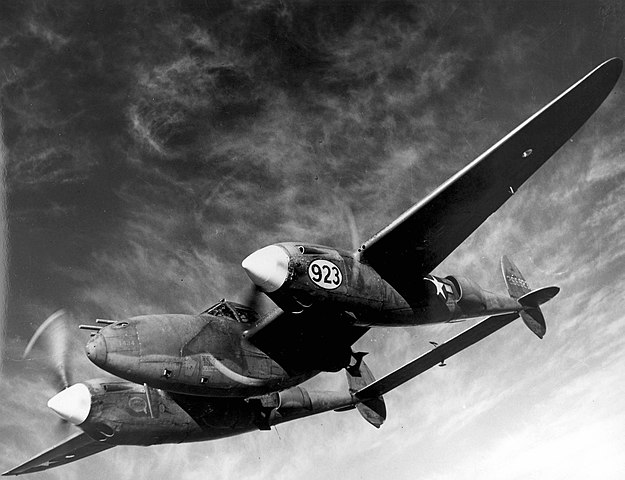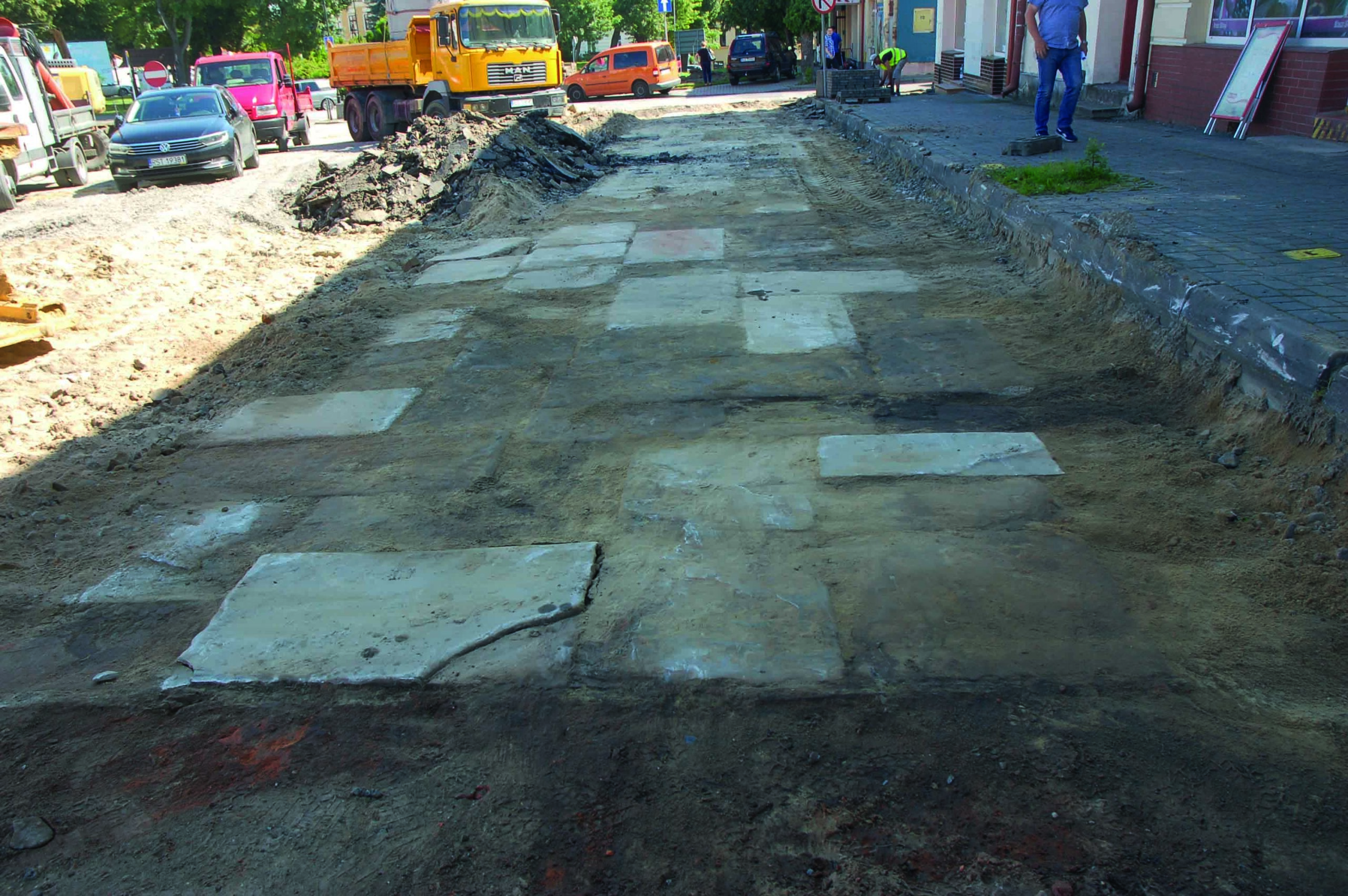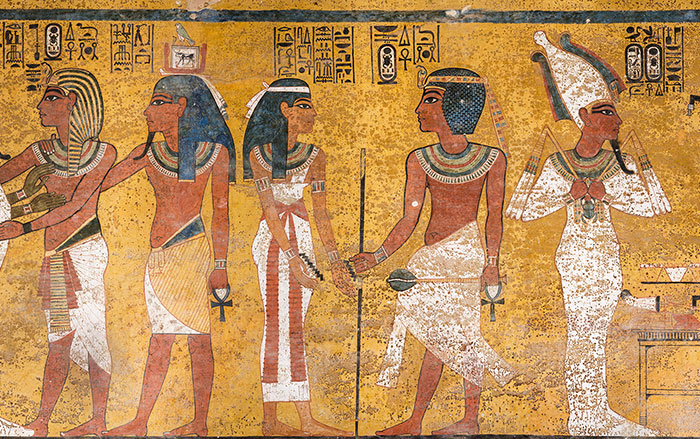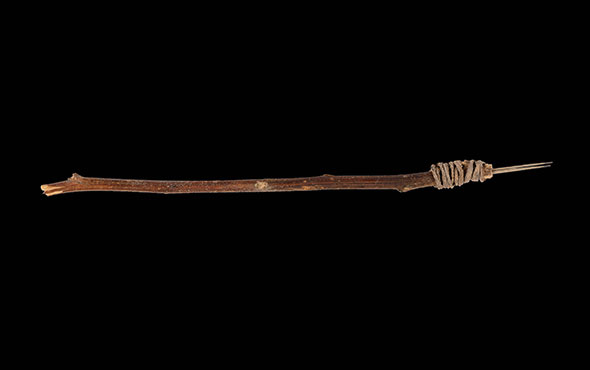
COUNTY MONAGHAN, IRELAND—According to a report in The Irish Times, parts of an American World War II fighter plane have been recovered in County Monaghan, near the border between the Republic of Ireland and Northern Ireland, by archaeology students working with officials from the Monaghan County Museum. The plane, a P38 Lightning aircraft, was piloted by Second Lieutenant Milo E. Rundall of Iowa, who bailed out when he got lost during an evening flight from the eastern shores of Lough Neagh in Northern Ireland to his home base with the 82nd Fighter group stationed in Derry on December 17, 1942. Most of the wreckage was recovered by Irish Defense Forces at the time, but recent ground-penetrating radar surveys identified additional plane parts. “This excavation will be the final project in our three-year examination of the impact of the Second World War on our border county,” said Liam Bradley of the Monaghan County Museum. For more on the archaeology of World War II, go to “The Secrets of Sabotage.”











